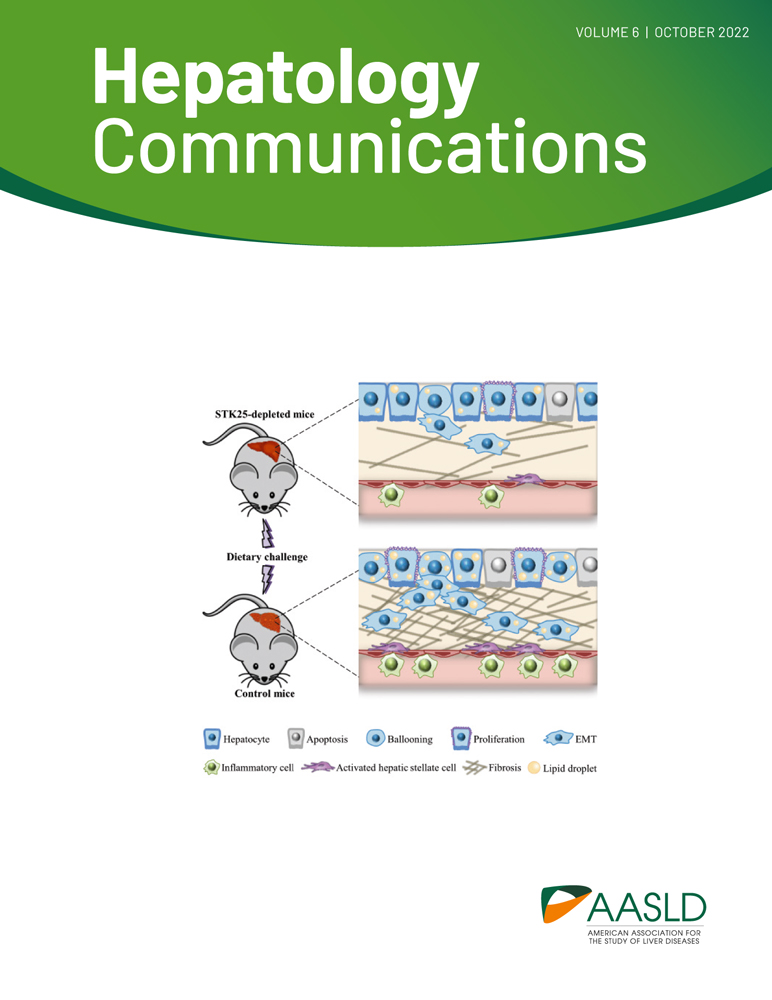Response to Tinospora cordifolia (Giloy)-induced liver injury during the COVID-19 pandemic—Multicenter nationwide study from India
In the January 2022 edition of Hepatology Communications, Kulkarni et al. reported that herb-induced liver injury due to Tinospora cordifolia (common name, giloy) is an important cause of autoantibody-mediated acute hepatocellular jaundice and recommended that, in cases of acute (nonviral) hepatitis, recent or long-term exposure to herbals containing giloy must be considered a probable cause.
We find the article has generalized the lack of safety of a widely used herb in Ayurveda based on one insufficiently designed retrospective study. The study enrolled 49 patients with liver injury and associated history of giloy use without providing details of the total number of patients screened or reasons (if any) for excluding patients. A surprisingly low number of patients (n = 43) were included in the final analyses considering that patients were recruited from 13 tertiary-care hospitals in nine locations over a 16-month period.
Although recommended for randomized controlled trials, the CONSORT statement extension for herbal interventions clearly provides the details of information that is required to determine, with specificity, the key characteristics of the product used.[1] The most critical step in any study involving herbal interventions is for the authors to completely describe the product used to ensure authentication of the raw material (i.e., how the product was prepared and by whom), especially when making strong claims pertaining to the safety of the substance. The authors have relied on patient testimony to conclude that the patients consumed giloy, and chemical and toxicological analyses were conducted on raw herb and drug samples retrieved from only six of the total 43 patients, which is at variance with well-researched guidelines that are available for the diagnosis and management of herb-induced liver injury.[2]
The prevalence of acute hepatitis is greater in the United States and Europe than in India even though giloy is part of multiple Ayurvedic formulations widely prescribed by over 450,000 registered Ayurveda practitioners in the country.[3] In the introduction, the authors state that “Ayurvedic herbal medicines are well known to cause hepatoxicity” by citing a single published case series from the senior author. The authors argue that B cells play an active role in the pathogenesis of autoimmune hepatitis (AIH), and B-cell depletion was beneficial for AIH remission in preclinical studies. They also state that giloy phytochemicals could unmask AIH in patients with quiescent chronic AIH. This is a controversial argument because the role of B cells in AIH is still not clear and the pathogenesis of AIH is not fully understood.[4] It is not possible to make conclusive predictions about the clinical response of an herbal compound used as whole in a classical formulation based on the action of a single phytochemical extracted from the herb and used in isolation in a laboratory.
CONFLICT OF INTEREST
The authors have nothing to report.




